Glanohumeral Ligament
Glanohumral ligament
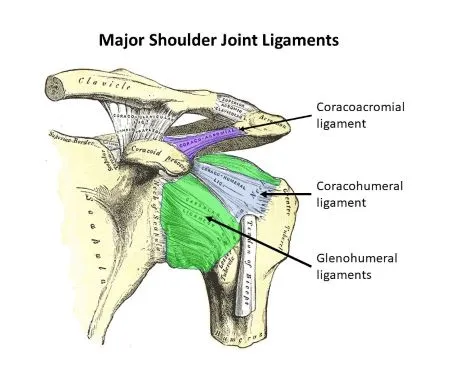
Glanohumral ligament
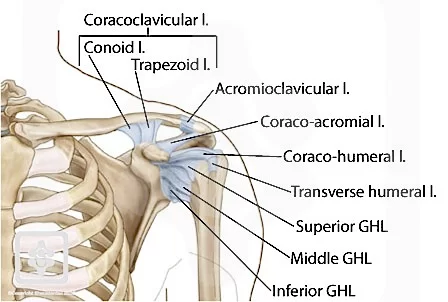
Introduction The transverse humeral ligament is a fibrous band that runs horizontally across the top of the shoulder joint, connecting the greater and lesser tubercles of the humerus bone. It forms a roof over the bicipital groove, which houses the long head of the biceps tendon. The primary function of this ligament is to hold…

Coracohumral ligament
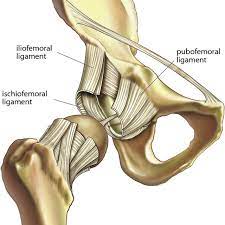
Iliofemoral ligament

Introduction The Pubofemoral Ligament is another important ligament that connects the pelvis to the thigh bone (femur) and helps to stabilize the hip joint. It is located on the front of the hip joint and is one of the strongest ligaments in the body. Injuries to the pubofemoral ligament can also cause pain, stiffness, and…
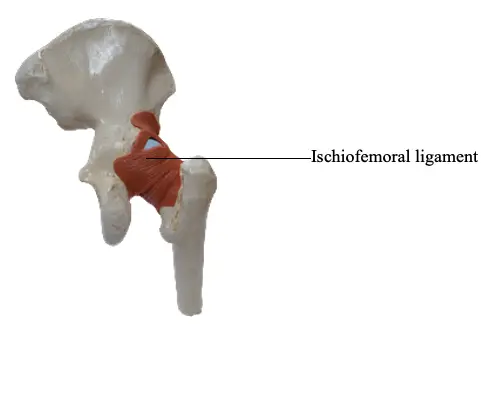
Introduction The ischiofemoral ligament is a strong band of fibrous tissue that connects the ischium (a bone in the pelvis) to the femur (the thigh bone). It is one of the three major ligaments that stabilize the hip joint. The ischiofemoral ligament runs from the ischial tuberosity (a bony prominence on the ischium) to the…
lateral collateral ligament
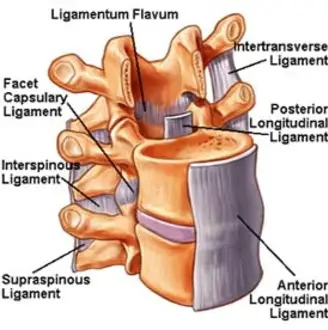
ligaments of the spine
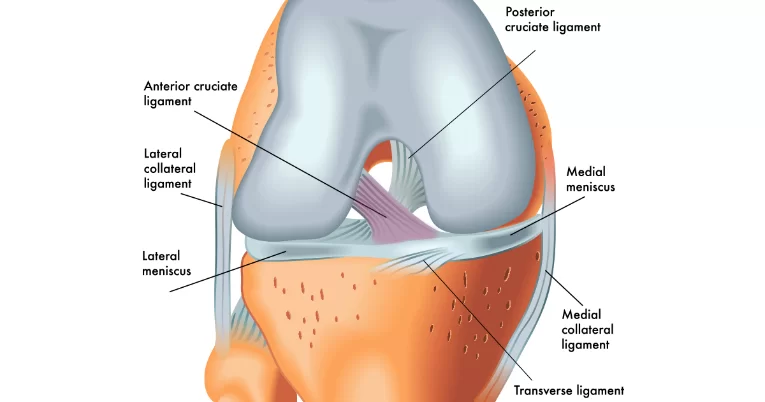
ACL anatomy
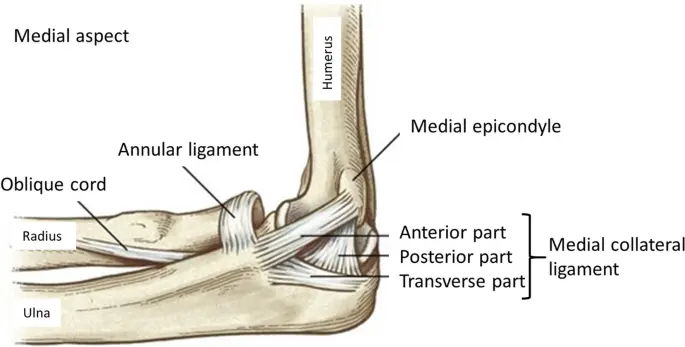
Introduction The elbow joint is a very complex joint that connects the upper arm bone humerus to the two bones in the forearm radius and ulna. The elbow ligament is a strong, fibrous band of tissue that surrounds and stabilizes the joint. It is made up of three main ligaments: the medial collateral ligament (MCL),…